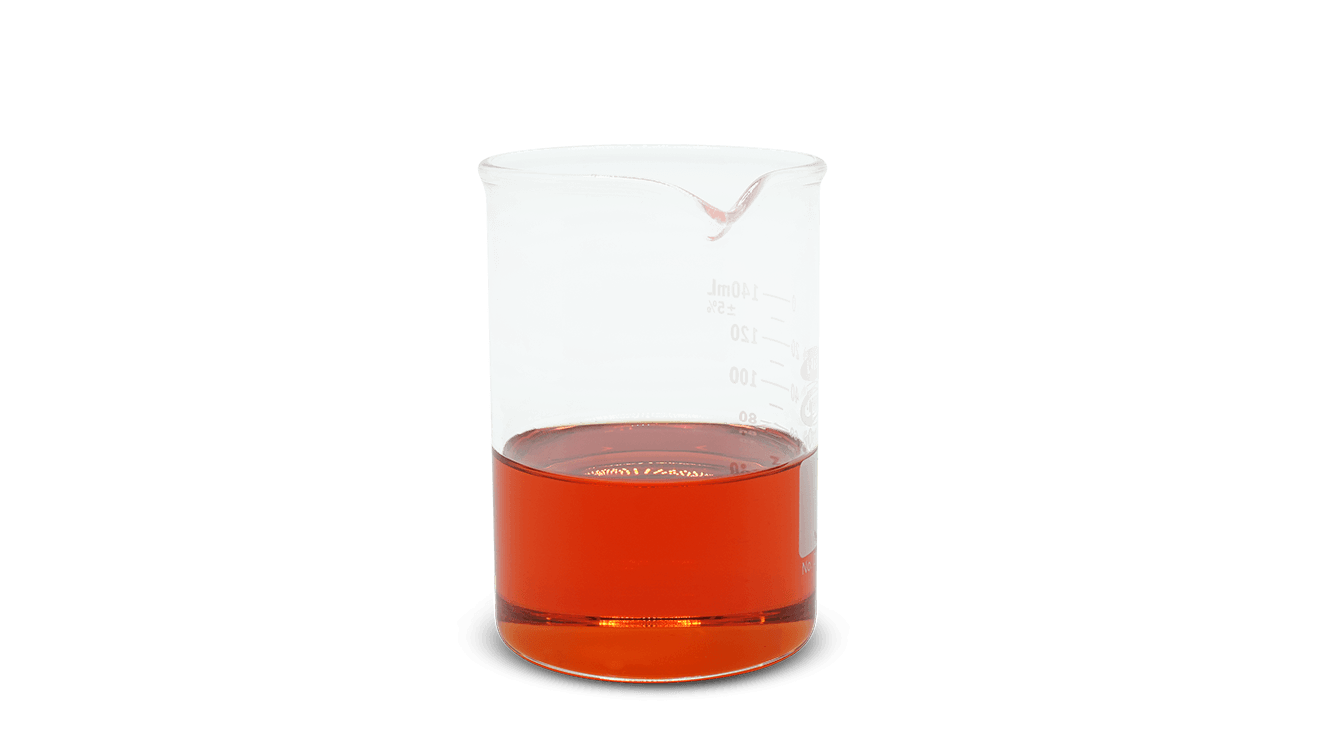Water-Based Mud Additives
Shale Inhibitors
Shale inhibition requirements vary by the properties of the formation. Mixed clay layers can respond to water in different ways. AES Drilling Fluids has the tools to evaluate and recommend the most cost-effect solution. From encapsulating polymers like our ENERPLUS to highly inhibitive amine products like our AES CLAY SHIELD II, we have the additives to provide the right level of inhibition.

Systems
Control Reactive Clays
Shale can interact with water by swelling, dispersing, or fracturing. The reaction of these clays can slow drill rates, cause wellbore stability, and even cause stuck pipe.
Shale inhibition can range from small amounts of salt to more complex additives, including encapsulating polymers and amines.
AES Drilling Fluids has the resources to evaluate formation material and determine the most cost-effective shale inhibitor from its selection of additives or make a recommendation based on local experience.
Key attributes
Enhanced lubrication
Superior filtration control
Environmental compliance
Shale Inhibitors
Water-Based Mud Additives
Shale inhibition requirements vary by the properties of the formation. Mixed clay layers can respond to water in different ways.
Corrosion Inhibitors & Scavengers
Filtration Control
Shale Inhibitors
Lubricants
Viscosifiers
Loss Prevention & Treatment
Shale Inhibitors
Invert Emulsion Additives
Shale inhibition requirements vary by the properties of the formation. Mixed clay layers can respond to water in different ways.
Emulsifiers, wetting agents & dispersants
filtration control
viscosifiers
loss prevention & treatment
Reviews
Technical Specifications
A shale inhibitor can limit water entry through two primary mechanisms. One is when the cation present is exchanged for one that can increase the attraction between clay platelets, limiting the entry of water. Typically, this method includes adding salt, such as potassium chloride, to the base fluid.
Shale Inhibition Mechanisms
Shale inhibitors limit the interaction of water with clay particles. When water enters a clay, it causes the layers to fan out (swell) or break apart (disperse). The exact details of the process can be somewhat complex, but generally speaking, it’s possible to offer a basic overview.
A shale inhibitor can limit water entry through two primary mechanisms. One is when the cation present is exchanged for one that can increase the attraction between clay platelets, limiting the entry of water. Typically, this method includes adding salt, such as potassium chloride, to the base fluid.
Another mechanism, commonly referred to as encapsulation, is when a material adsorbs onto the edges of the clay platelets to limit hydration. Encapsulators include partially hydrolyzed polyacrylamide (PHPA) products such as ENERPLUS and PXL BLUE. Amines such as AES CLAY SHIELD perform in a similar function, but do not contribute to excess viscosity.
Base: Advanced water-based formulation.
Additives:
Verify the lubricant is compatible with the drilling fluid
Review the application window of the additive
Identify torque reduction potential and effective concentration
Confirm torque reduction is sustainable
Determine extreme pressure performance (if necessary)
Recommended Operating Conditions
Temperature Range: Up to 350°F (175°C) for optimal performance..
Pressure Conditions: Effective under both normal and high-pressure environments.
Mud Weight: Adjustable between 8.5 to 16.0 ppg (1.02 to 1.92 SG) based on well requirements.
pH Range: Maintained between 9.0 to 10.5 for optimal stability.
Compliance with industry standards
Shale inhibitors should comply with established industry standards to ensure safety, environmental protection, and performance reliability:
- ISO Standards: ISO 13503-1, ISO 9001
- API Standards: API RP 13B, API RP 13C
- Environmental Compliance
- Health and Safety & Performance Standards
Product Data Sheet
Select Shale Inhibitor Additives
There are a number of shale inhibitor additives depending on the drilling scenario. Contact your AES Drilling Fluids Account Manager to review product details for your application.
| Product | Description | Product Data Sheet | Product Data Sheet Link | Associated Mud System(s) |
|---|---|---|---|---|
| AES CLAYSHIELD II | Low molecular weight polyamine shale inhibitor | AES CLAYSHIELD II Product Bulletin | Download PDF | WBM |
| ENERPLUS | Encapsulating liquid PHPA | ENERPLUS Product Bulletin | Download PDF | WBM |
| KCL SUBSTITUTE | Clay hydration inhibitor | KCL SUBSTITUTE Product Bulletin | Download PDF | WBM |
| PXL BLUE | Low molecular weight polyacrylamide | PXL BLUE Product Bulletin | Download PDF | WBM |
| POLYPRO G | Glycol blend | POLYPRO G Product Bulletin | Download PDF | WBM |
Innovative Solutions to Complement Your Drilling Program
Innovative Solutions
to Complement Your Drilling Program
Featured Products/Additives

Shale Inhibitors
Shale inhibition requirements vary by the properties of the formation. Mixed clay layers can respond to water in different ways.

Corrosion Inhibitors
Whether it’s minimizing dissolved oxygen through our CAT 752 OS, scavenging dangers hydrogen sulfide through WILDCAT 601TZ, or a comprehensive treatment.

Filtration Control
Water-based muds typically have higher fluid loss compared to invert emulsion. Quality additives such as our ES-CONTROL and ENERPAC are designed to perform at low concentrations.

Lubricants
Torque and drag limit rate of penetration and compromise directional control. From our signature ENERLUBE lubricant to our latest options, BRINEX or ENERLUBE LITE.


